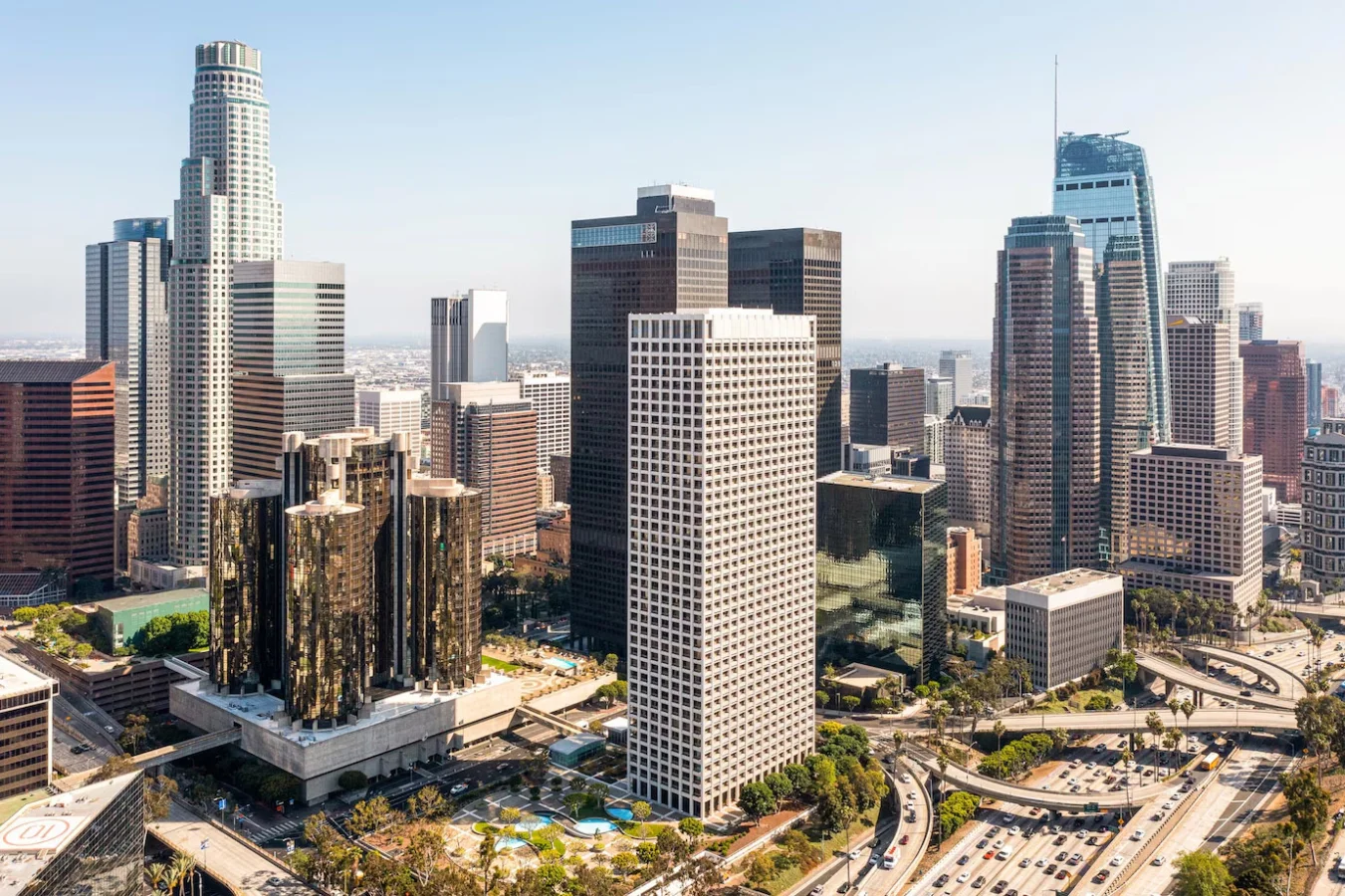
Today, rising financial centers in city centers attract attention as important structures that keep the pulse of the modern economy. These centers built in the form of tall buildings are not only the center of the business world, but also shape the economic, social and architectural structure of cities. So, why are these financial centers so important and what kind of an impact do they have on city centers?
The Importance of Financial Centers
Financial centers are structures that symbolize the economic power of a country or city. These centers, where banks, investment companies, insurance companies and other financial institutions are located together, are places where financial transactions and economic decisions are made. These tall buildings located in city centers have great strategic importance as areas where decisions that shape the local and global economy are made and large capitals are managed.
Tall Buildings and Financial Centers in City Centers
Financial centers built in the form of tall buildings are among the iconic structures that determine the silhouette of cities. These buildings usually have designs that are innovative in terms of architecture and have aesthetic value. There are several important reasons for their rise in city centers:
1. Spatial Efficiency
Tall buildings located in city centers aim to use limited areas in the most efficient way. In cities that are not suitable for horizontal expansion, vertical growth stands out as the most logical option. This situation offers an ideal solution for the location of financial centers.
2. Center of Business and Trade
Financial centers are at the center of business and trade life in the city. These areas, where corporate headquarters, financial institutions and large investors are located together, are a critical meeting point for the business world. In this way, interaction between business world actors is facilitated and commercial opportunities increase.
3. Ease of Global Communication and Transportation
Financial centers located in city centers are located at the intersection of transportation networks. This situation facilitates integration with the global business world. Proximity to airports, hotels and other important transportation points strengthens international business connections.
The Effect of Financial Centers on the City
The location of financial centers in city centers has various effects on city life and economy. These effects can have both positive and negative consequences.
1. Economic Vitality
Financial centers play an important role in the revitalization of the city economy. The concentration of high-income workers in these areas contributes to the growth of trade and the service sector in the city centers. This increases the overall economic vitality of the city.
2. Urban Transformation and Gentrification
The location of financial centers in city centers usually triggers urban transformation in these areas. Old structures are replaced by modern buildings, infrastructure is improved and new investments come to the area. However, this situation can also lead to gentrification; low-income residents may be forced to move from these areas.
3. Traffic and Environmental Impacts
High-rise buildings concentrated in city centers can increase traffic congestion. In addition, environmental impacts should be taken into account during the construction and operation of these buildings. Issues such as high energy consumption, waste management and environmental pollution are important factors to be considered in urban planning.
Conclusion
Financial centers built in the form of high-rise buildings in city centers are an integral part of the economic and social structure of modern cities. These centers, on the one hand, revitalize the city economy, on the other hand, accelerate urban transformation processes and shape the city silhouette. However, it is important that these structures are included in the city planning in a balanced way in order to prevent possible problems such as traffic, environmental effects and social imbalances. For the sustainability and livability of cities, long-term planning should be made in the construction of financial centers and the harmonious integration of these structures with the city should be ensured.